Myanmar
Things to DO
Bagan
Myinkaba
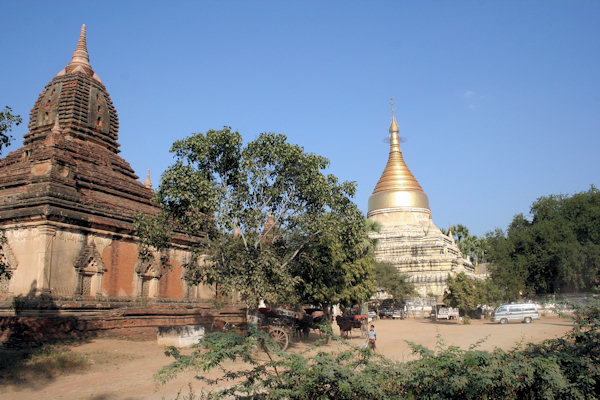 |
|||||
Myazedi Pagoda
the gilded Myazedi or "Emerald Stupa" was built by Prince Rajakumar in the 12th century.
When Prince Rajakumar's mother, the former queen, died, he donated all his mother's jewellery to Buddha by building this pagoda.
Manuha Paya
The name "Manuha" was given after the Mon king from Thaton who was held captive in Bagan by King Anawrahta.
Legend says that King Manuha was allowed to build this temple in 1059, and that he constructed it to represent his displeasure
at captivity.
Buddhas face the front of the building, and in the back there's a huge reclining Parinibbana Buddha.
Gubyauknge Temple
Gubyauknge Temple in Myinkaba was built by King Nadaungmyar during A.D 1198. Some of the interior floral designs based on flower,
lives of animals can still be seen inside the temple.
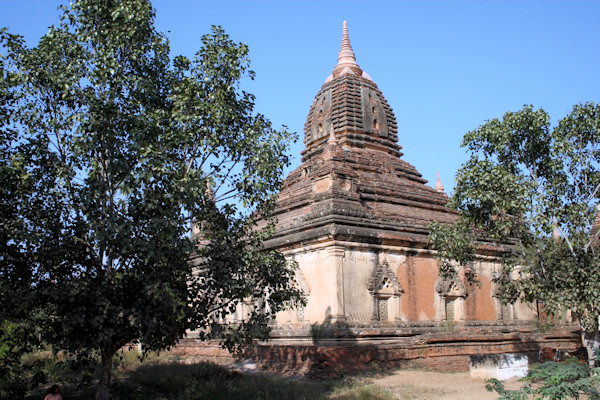 |
|||||
Gubyaukgyi Temple
This temple was built in 1113 by Kyanzittha's son Rajakumar, on his father's death.
The temple is in an Indian style, the monument consists of a large shrine room attached to a smaller antechamber.
The fine stuccowork on its exterior walls is in particularly good condition.
The Early period temple is also of particular interest for the well-preserved paintings inside, which are thought to date from
the original construction of the temple and to be the oldest remaining in Bagan.
The temple is typical of the Mon style in that the interior is dimly lit by perforated rather than open windows.
It is generally kept locked and there are temple keepers from the village and can ask for permission to open it.
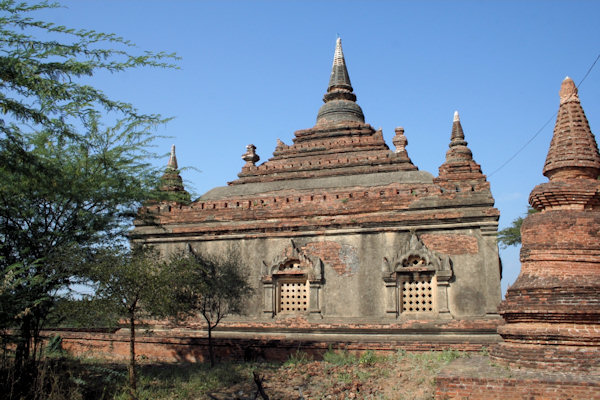 |
|||||
Abeyadana Temple
This 11th-century temple with a Sinhalese-style stupa was supposedly built by Kyanzittha's Bengali wife Abeyadana,
who waited for him here as he hid for his life from his predecessor King Sawlu.
It's famed for its original frescoes, which were cleaned in recent years by Unesco staff.
With a torch, you can make out many figures that Abeyadana, believed to be a Mahayanist, would likely have asked for: Bodhisattvas
such as Avalokitesvara, and Hindu deties (Brahma, Vishnu, Shiva and Indra)
The inner shrine contains a large, brick, seated Buddha (partly restored); surrounding walls are lined with niches, most now empty
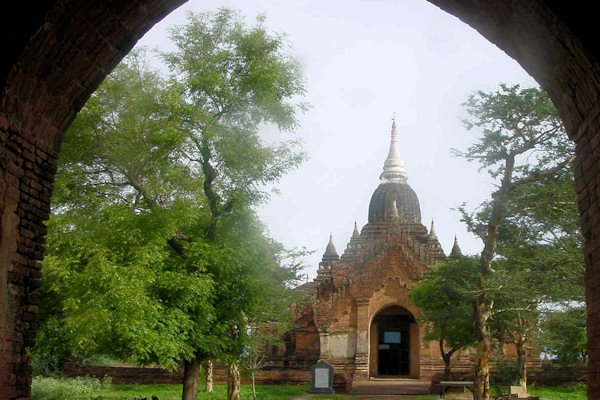 |
|||||
Nagayon Temple
This elegant and well-preserved temple was built by Kyanzittha in the 12th Century.
The main Buddha image is twice life size and shelters under the hood of a hudge naga (dragon serpent).
This reflects the legend that Kyanzittha built the temple on the spot where he was sheltered while fleeing from his angry brother
and predecessor Sawlu - an activity he had to indulge in on more than one occasion.
The outer, dark corridor has many niches with images of earlier Buddhhas. Paintings also decorate the corridor walls.
The central shrine has two smaller standing Buddhas as well as the large one.
Unfortunately the walls have been whitewashed, obscuring any traces of possible murals.
Other Temples
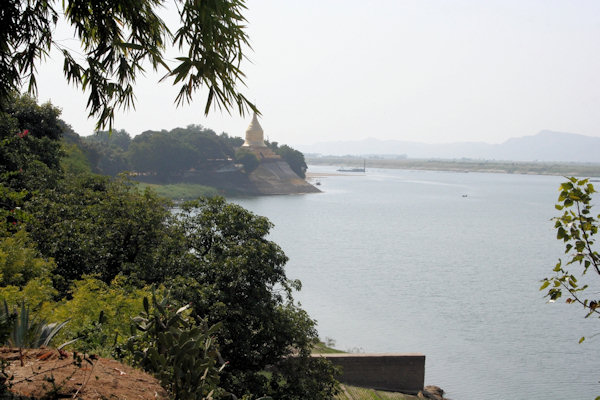 |
|||||
Lawkananda Pagoda
Lawkananda pagoda was built by King Anawrahta during his reign in 1059. The pagoda has enshrined the Buddha's tooth relic in
Bagan. The pagoda is erected on the bank of the Ayeyarwaddy River.
Shwesandaw Pagoda
King Anawrahta built Shwesandaw Pagoda after his conquest of Thaton in 1057. This graceful circular pagoda was constructed
at the centre of his newly empowered kingdom.
Dhammayangyi Temple
Dhammayangyi Temple is the most massive structure in Bagan and was built by King Narathu (1167-70), who was also known
as Kalagya Min, the "king killed by Indians".
The remaining western shrine features two original side-by-side images of Gautama and Maitreya, the historical and future Buddhas.
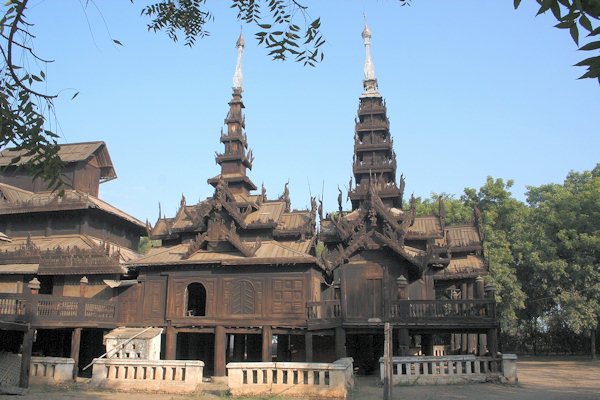 |
|||||
Myoe Daung Monastery
Myoe Daung Monastery can be translated to "Monastery at the corner of the city".
It was considered the chef east-west oriented monastery construction in Bagan.
Most of its significant elements are from the pre-colonial Kon-baung period; some of the rooms apparently are later.
Its glory and what should be a major claim to prominence lies in its numerous woodcarvings which are also mostly from the late
Kon-baung period of the mid- to late 19th century.
The Myoe Daung complex actually contains two monasteries, numerous pyathats, pavilions, rest houses and ancillary buildings.
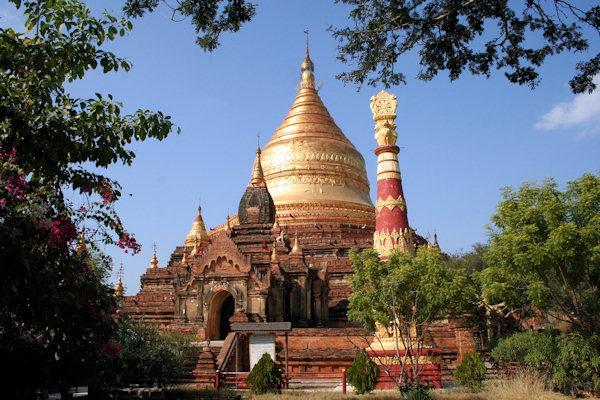 |
|||||
Dhammayazika Pagoda
The name of the pagoda, Dhammayazika in Pali means "Pertaining the King of Law".
The structure of Dhammayazika Pagoda has pentagonal terraces instead of the usual Bagan pagodas, the square base.
The usual practice in most temples was to have four images facing the cardinal points, representing the four Buddhas of the present
world cycle who have already attained Enlightenment.
But in this pagoda the fifth temple is placed with the future becoming Buddha. All the five names of the Buddha are Kakusandha, Konagamana,
Kassapa, Gotama and Metteyya.
The inscription records say tht in 1197 King Narapatisithu received four holy relics from the King of Sri Lanka and that he
built the pagoda in 1198 to enshrine the relics.
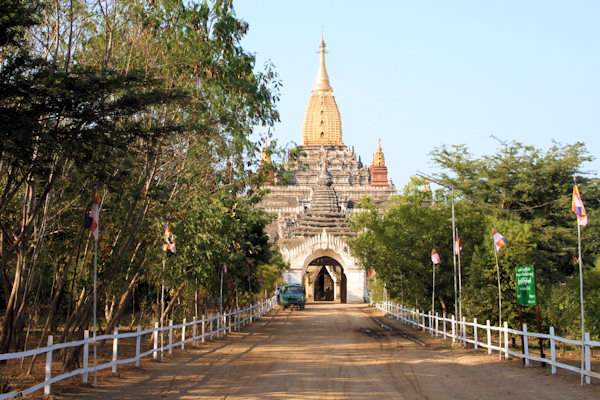 |
|||||
Ananda Temple
Ananda temple is considered to be one of the most surviving masterpiece of the Mon architecture.
It is said to have been built around 1105 by King Kyanzittha, this perfectly proportioned temple heralds the stylistic
end of the Early Bagan period and the beginning of the Middle period.
The structure of Ananda temple is that of a simple corridor temple. The central square measures 53 metres along each side while
the superstructure rises in terraces to a decorative cliff 51 metres above the ground.
The entrance ways make the structure into a perfect cross, each entrance is crowned with a stupa finial. The base and the terraces
are decorated with 554 glazed tiles showing jataka scenes (life stories of the Buddha) thought to be derived from Mon texts.
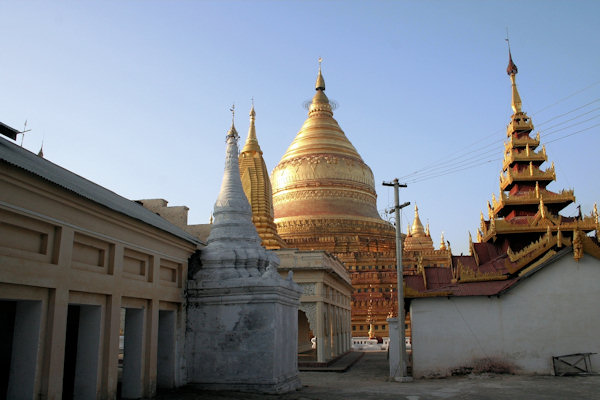 |
|||||
Shwezigon Pagoda
Shwezigon was built as the most important reliquary shrine in Bagan, a centre of prayer and reflection for the new Theravada faith
King Anawarahta had established in Bagan.
It is a beautiful pagoda and was commenced by King Anawrahta but not completed until the reign of King Kyanzittha (1084-1113).
It was known that, the Shwezigon was built to enshrine one of the four replicas of the Buddha tooth in Kandy, Sri Lanka, and it
was to mark the northern edge of the city.
The pagoda's graceful bell shape became a prototype for virtually all later pagodas all over Myanmar.
At the cardinal points, facing the terrace stairways, are four shrines, each of which houses a four-meter-high bronze standing Buddha.
These bronze Buddha images are known to be the last survived images of the ancient time.